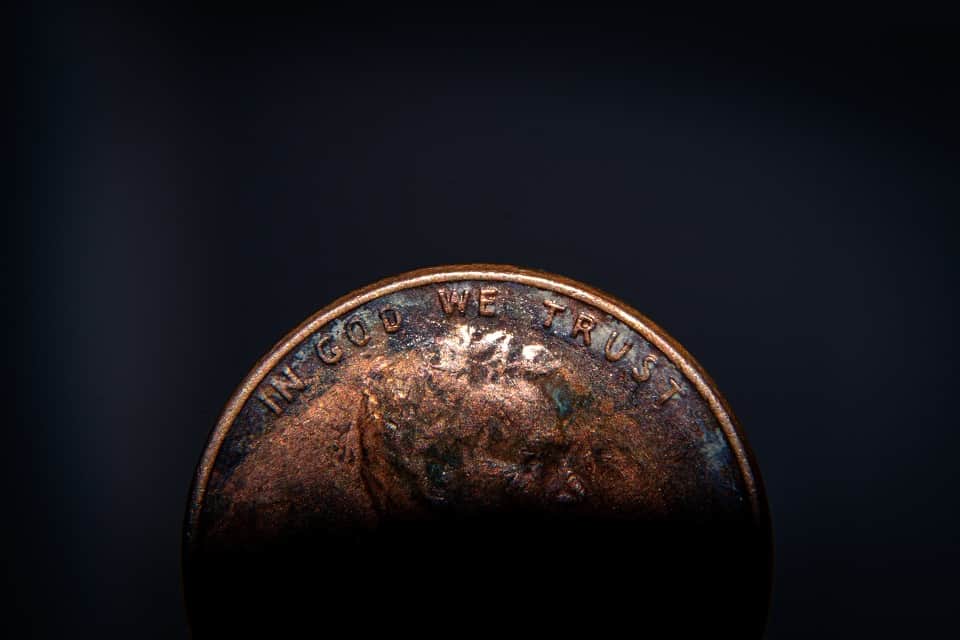
Penny stocks are often touted as get rich quick schemes. Fortunes can be made and lost in the penny stock market and it can be dangerous to step foot in. Day traders often trade penny stocks because of their volatility and healthy bid and ask spread. However, there is another way to trade penny stocks and it focuses on fundamentals and sound research.
Penny stocks can make a lot of money because of the potential for a rapid rise in price from their low market capitalization. This happens when volume and demand increases due to a turnaround at the company and rapidly rising revenues. The small number of shares traded can quickly be in high demand.
Penny stocks can also be very dangerous and you can lose a lot of money on paper if the price falls. It’s important to remember what the underlying fundamentals of the company are and to continually re-evaluate your purchase.
How to Find Penny Stocks to Invest in
The best place to look for penny stocks are by using stock screeners. You can find these types of stocks by screening for micro cap companies. These companies have a total market capitalization of under 300 million. Not all companies that show up are actual penny stocks, since the SEC defines them as any stock under $5, but many of them may be.
Some of the stock screeners that you can use are:
- Finviz.
- Investing.com
- Yahoo.
- OTCmarkets. (This screener is more risky)
Once you find a few companies that are trading below $5 then its time to do some research on them. Above I marked the OTC market screener as riskier than the previous screeners. This is because the OTC market is different than any of the major exchanges like NYSE and Nasdaq. There are far less compliance rules in OTC markets, which can make it very difficult to get financials.
Financials are the life blood of any investment and therefore its very important to make sure you are getting up to date regular financials in order to conduct due diligence.
Typically, I don’t seek out penny stocks myself, but instead look for companies that are trading below book value. Oftentimes these companies will be penny stocks but other times they are not. So the best course of action may not be to seek out a penny stock, but if a great investment just so happens to be less than $5 dollars than that shouldn’t immediately disqualify it from investment.
Best Broker for Penny Stocks
The broker I use to trade penny stocks is Interactive Brokers. Not because it can trade the OTC markets, which it can, but because it has the best access to international markets out of any other broker. It is also one of the cheapest brokers if not the cheapest right now.
Some other brokers that allow you to trade penny stocks are:
- Fidelity
- Ameritrade
- Charles Schwab
- Trade Station
All of the above brokers except for Interactive brokers and Ameritrade currently let you trade the OTC markets for $0 commissions. However, the access to many international markets is definitely worth it for me. Many of the international investments I made would be considered penny stocks if converted to USD.
How to Analyze a Penny Stock For Investing
When most people talk about trading penny stocks they are typically momentum and trend following traders that read charts. This is because penny stocks often have very little public information and their reporting is often terrible. Especially in the OTC markets.
If you are into technical analysis or chart reading then it may be a great way to trade for fun. This is typically from reading candlesticks and other technical trends. Sometimes this can be a self fulfilling prophecy and I would rather just buy and wait.

When I do strict analysis on a penny stock I always read 10-K reports and look at the balance sheet. If a company does not have either of those then it’s often a bad sign and those types of stocks should be avoided at all costs.
I start by doing a cursory analyses of the company ratios and be sure to note the following:
- Is stock trading below book value?
- Is EPS positive?
- Is the PE ratio lower than 12?
- Is the stock at all time lows?
- Does the company pay a dividend? If so what is its payout ratio.
If all of those are a yes then I do further analysis by diving into the balance sheet and finding the company’s 10-K annual report.
If a stock does have a 10-K report than I first start by reading the following:
- Risk factors of the business.
- Balance sheet.
- Assets and what they are and how they are valued.
- The company revenue streams and specifically note which verticals have the heaviest revenue percentage.
Once I’ve read through the 10-K and done my cursory analysis its time to make a decision on whether the stock is cheaper, or if it has more potential than any other stocks in my portfolio or stocks I’m currently looking at. If it is cheaper, what are the chances it will rise in value and how soon? The likelihood of it rising soon in value can be further identified by looking for any catalysts or changes in the company’s overall business. This is more art than science and patience often wins the day for value investors.
Conducting a thorough analysis is a lot of work, but its the only way you can identify mispricing’s in the market and make a lot of money investing in penny stocks without risking all the wealth you have built thus far.
Fraud, Debt and Lack of Information
Part of the reason penny stocks can be so profitable is because of the lack of coverage. There can oftentimes be very little information about these stocks. This makes the barrier to entry higher since many won’t go the extra mile to dig up information on the company and find true gems.
Once you get past the lack of information another obstacle may be a company’s debt load. If a penny stock is heavily indebted and its business has not been proven, it is a risky stock and should be avoided. Permanent loss of capital will massively slowdown your compounding snowball.
The last penny stock obstacle is fraud. Lack of information makes fraud easier to miss and thus leads many to see these types of investments as very risky. But, the best way to avoid fraud is to make sure a company is releasing proper financials and trying to find anything out of the ordinary. Fraud in small caps is also not as common as many seem to think.
While fraud in penny stocks is certainly more common than their larger counterparts its not as prevalent as many think. If you do you due diligence when investing in penny stocks the odds of you investing in a fraud are not much higher than if you were investing in a large cap growth stock.
Unproven Penny Stocks vs Out of Favor
When it comes to penny stock investing I tend to prefer the out of favor value stocks. Unproven penny stocks never attained profitability and are often growth stocks that have trouble generating cash on returns. I tend to find penny stocks that are out of favor or have fallen in price but still are making a profit or have at least made one in the past.
One example of this is Smart Sand. This company has a proven business and was trading for less than one dollar when oil collapsed in 2020. It was the darkest days for this company, but they didn’t have all of the debt its competitors had. Because of this they were able to survive and will likely make a profit by the end of 2021.
It’s these types of penny stocks than can turn a massive profit, if you had invested in this out of favor company in its darkest days you would already have a multi-bagger paper profit.
Pump and Dump Schemes

Often penny stocks are the target of pump and dump schemes. This is when an unscrupulous individual buys a penny stock and then gets everyone to buy into it and sells once others have purchased. The stock will then begin to collapse after than.
These are illegal and often happen on no news so if you are currently invested in one of those stocks then it may be time to sell.
Meme stocks are in my opinion a new form of pump and dump scheme, although its nearly impossible to track or identify them. This is because its often a collection of individuals pumping a stock which makes it perfectly legal. The issue lies in the fundamentals that often get left by the wayside while hopes, dreams and greed often take precedent. Meme stocks are also not just limited to micro caps but can be large companies.
Final Thoughts on Penny Stocks
I don’t specifically seek out penny stocks to invest in and neither should you. Instead you should search for extremely undervalued stocks in the micro cap realm. These often just so happen to be penny stocks, but even it isn’t a penny stock then that shouldn’t automatically disqualify it from investment.
I hope the above may dispel some of the confusion and myths surrounding penny stock investing, but always remember to do your due diligence and invest wisely.
